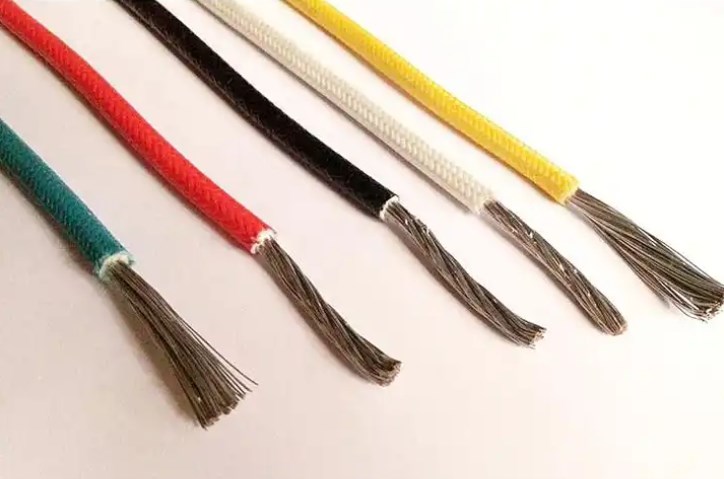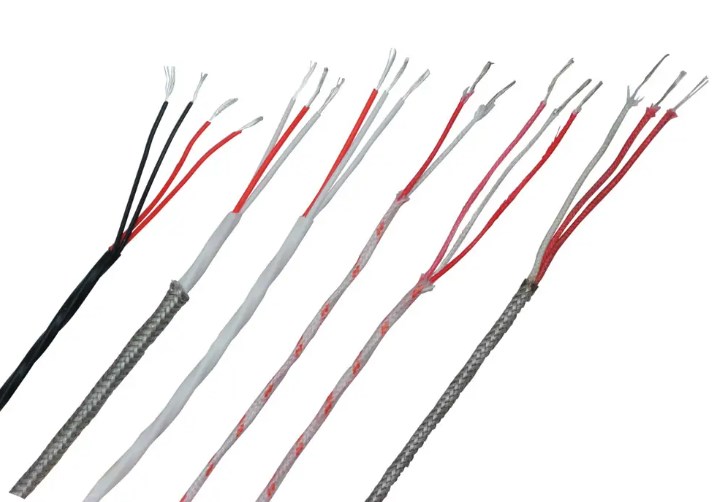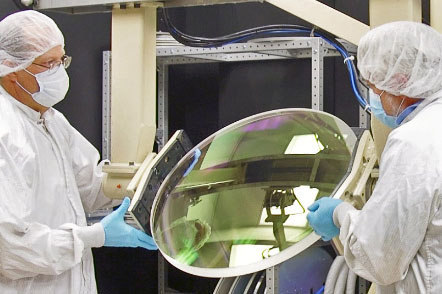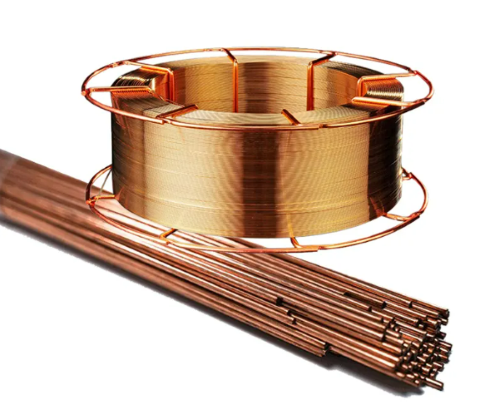Thermocouple Wires 101 Types, Applications, and Properties
Thermocouples are among the most widely used temperature sensors in industrial, scientific, and domestic applications, offering a broad range of temperature measurements. At the heart of these devices are thermocouple wires, which are essential for temperature sensing and measurement. This article delves into the basics of thermocouple wires, including their types, applications, and key properties.

Understanding Thermocouple Wires
A thermocouple consists of two dissimilar metal wires joined at one end, known as the measurement junction. When the measurement junction is heated or cooled, it generates a thermoelectric voltage that can be correlated to temperature. The other end, where the wires are not joined, is connected to the instrumentation that reads this voltage. The difference in temperature between the measurement junction and the reference point (usually at the instrument) is used to determine the actual temperature at the measurement junction.
What wires are used in thermocouples?
Thermocouple wires are categorized into types based on the metal alloys used for the wires. Each type is designated by a letter and has specific temperature ranges and environments where it performs best.

Type K (Chromel-Alumel):
The most common thermocouple, suitable for general use in oxidizing or inert atmospheres, with a temperature range of -200°C to +1260°C.
Positive Lead: Chromel (Nickel-Chromium alloy)
Negative Lead: Alumel (Nickel-Aluminum alloy)
Type J (Iron-Constantan):
Preferred for vacuum, reducing, or inert atmospheres, with a range of -40°C to +750°C.
Positive Lead: Iron
Negative Lead: Constantan (Copper-Nickel alloy)
Type T (Copper-Constantan):
Ideal for low-temperature applications in oxidizing, reducing, or inert atmospheres, functioning from -200°C to +350°C.
Positive Lead: Copper
Negative Lead: Constantan (Copper-Nickel alloy)
Type E (Chromel-Constantan):
Features a high output and a temperature range of -50°C to +900°C, suitable for various environments.
Positive Lead: Chromel (Nickel-Chromium alloy)
Negative Lead: Constantan (Copper-Nickel alloy)
Type N (Nicrosil-Nisil):
Similar to Type K but more stable and resistant to high-temperature oxidation, suitable for -270°C to +1300°C.
Positive Lead: Nicrosil (Nickel-Chromium-Silicon alloy)
Negative Lead: Nisil (Nickel-Silicon alloy)
Type S, R, and B (Platinum Rhodium):
These types are used for high-temperature applications, offering stability and resistance to oxidation in temperatures up to +1700°C for Type S and R, and up to +1800°C for Type B.
Positive Lead for Type S and R: Platinum-Rhodium alloy (Type S has 10% Rhodium, Type R has 13% Rhodium)
Negative Lead for Type S and R: Platinum
Positive Lead for Type B: Platinum-30% Rhodium
Negative Lead for Type B: Platinum-6% Rhodium
Type | ANSI Code | + Lead | - Lead | Temperature Range | Notes |
K | Type K | Chromel (Ni-Cr) | Alumel (Ni-Al) | -200°C to +1260°C | Versatile, suitable for general use. Good in oxidizing or inert atmospheres. |
J | Type J | Iron (Fe) | Constantan (Cu-Ni) | -40°C to +750°C | Used in vacuum, reducing, or inert atmospheres. Not recommended for oxidizing environments. |
T | Type T | Copper (Cu) | Constantan (Cu-Ni) | -200°C to +350°C | Excellent for low-temperature applications. Good in moist environments. |
E | Type E | Chromel (Ni-Cr) | Constantan (Cu-Ni) | -50°C to +900°C | High output, suitable for various applications. Better in cold temperatures. |
N | Type N | Nicrosil (Ni-Cr-Si) | Nisil (Ni-Si) | -270°C to +1300°C | Similar to Type K but more resistant to high-temperature oxidation. |
S | Type S | Platinum 10% Rhodium | Platinum (Pt) | -50°C to +1760°C | High-temperature applications, stable and accurate. Used in laboratories and industrial processes. |
R | Type R | Platinum 13% Rhodium | Platinum (Pt) | -50°C to +1760°C | Similar to Type S but slightly higher temperature range. Used in high-temperature measurements. |
B | Type B | Platinum 30% Rhodium | Platinum 6% Rhodium | 0°C to +1820°C | Suitable for the highest temperature applications among thermocouples. Does not oxidize easily. |
This table provides a quick overview of the most common thermocouple types, highlighting their composition, temperature ranges, and typical uses. The choice of thermocouple depends on the specific requirements of the application, including temperature range, environment, and desired accuracy.
Applications of Thermocouple Wires
Thermocouple wires find applications across various industries due to their versatility and wide temperature range:
Industrial Manufacturing: For monitoring furnace temperatures, molten metal temperatures, and other industrial processes.
Pharmaceuticals: In autoclaves and other equipment requiring precise temperature control.
Food Industry: For ovens, grills, and refrigeration equipment.
Aerospace and Automotive: In testing components and systems under extreme temperatures.
Energy Sector: In power plants for temperature monitoring of boilers and turbines.
Key Properties of Thermocouple Wires
When selecting a thermocouple wire, several properties and considerations are critical:
Temperature Range: Choose a thermocouple type that suits the temperature range of your application.
Environment: Consider the atmosphere (oxidizing, reducing, inert, or corrosive) in which the thermocouple will operate.
Accuracy and Stability: Different types offer varying degrees of accuracy and stability. Platinum types (S, R, B) are more stable and accurate but also more expensive.
Durability: The lifespan of a thermocouple wire in harsh environments is an important consideration.
Cost: The cost can vary significantly based on the type of thermocouple and the application's specific requirements.
Standards of Thermocouple Wires
Thermocouple wires and their use are governed by various standards that specify the materials, configurations, tolerances, and temperature ranges for different types of thermocouples. These standards ensure that thermocouples are manufactured and used in a way that provides accurate and reliable temperature measurements across various applications. The primary standards associated with thermocouple wires include:
International Standards
IEC 60584: This is the International Electrotechnical Commission standard that specifies the thermoelectric voltages and temperature relationships for all standardized thermocouples. Part 1 of this standard covers the temperature ranges and tolerance classes for thermocouples, while Part 2 provides the extension and compensating cable tolerances.
ASTM E230/E230M: Published by the American Society for Testing and Materials, this standard provides temperature-electromotive force (emf) tables for standard thermocouple types according to the U.S. customary system. It also covers letter designations, tolerances, and other essential characteristics of thermocouples.
National Standards
ANSI MC96.1: The American National Standards Institute standard for temperature sensors, including thermocouples. It provides guidelines for the use, performance, and limits of error for thermocouples.
BS EN 60584: The British Standards Institution's adoption of the IEC 60584 standard, providing the thermoelectric voltage and temperature relationship and tolerances for thermocouples.
DIN EN 60584: The German version of the IEC standard, adopted by the Deutsches Institut für Normung.
Japanese Standards
JIS C 1602: This is the Japanese Industrial Standards for thermocouples, outlining the specifications for thermoelectric voltage and the temperature range of thermocouples used in Japan.
Other Considerations
In addition to these standards, thermocouple wires must also adhere to specific guidelines regarding insulation, wire size, and the environment of use (such as temperature range and atmosphere). These factors can affect the accuracy, response time, and longevity of the thermocouple.
Insulation Material: Depending on the operating environment, thermocouple wires are insulated with materials like fiberglass, PTFE, or ceramic to protect against physical damage, electrical interference, and chemical corrosion.
Wire Gauge: The size of the thermocouple wire can affect its response time and resistance. Standards may recommend wire gauge sizes based on the application's specific needs.
Connector and Terminal Standards: Connectors and terminals used with thermocouple wires must also meet specific standards to ensure compatibility and maintain the accuracy of temperature measurements.
Conclusion
Thermocouple wires are indispensable tools in temperature measurement, with various types available to suit nearly any application. Understanding the types, applications, and properties of these wires can help users select the right thermocouple for their needs, ensuring accurate and reliable temperature measurements in any environment. Whether you're involved in industrial manufacturing, pharmaceuticals, food processing, or any field requiring precise temperature control, there's a thermocouple wire that meets your requirements.



